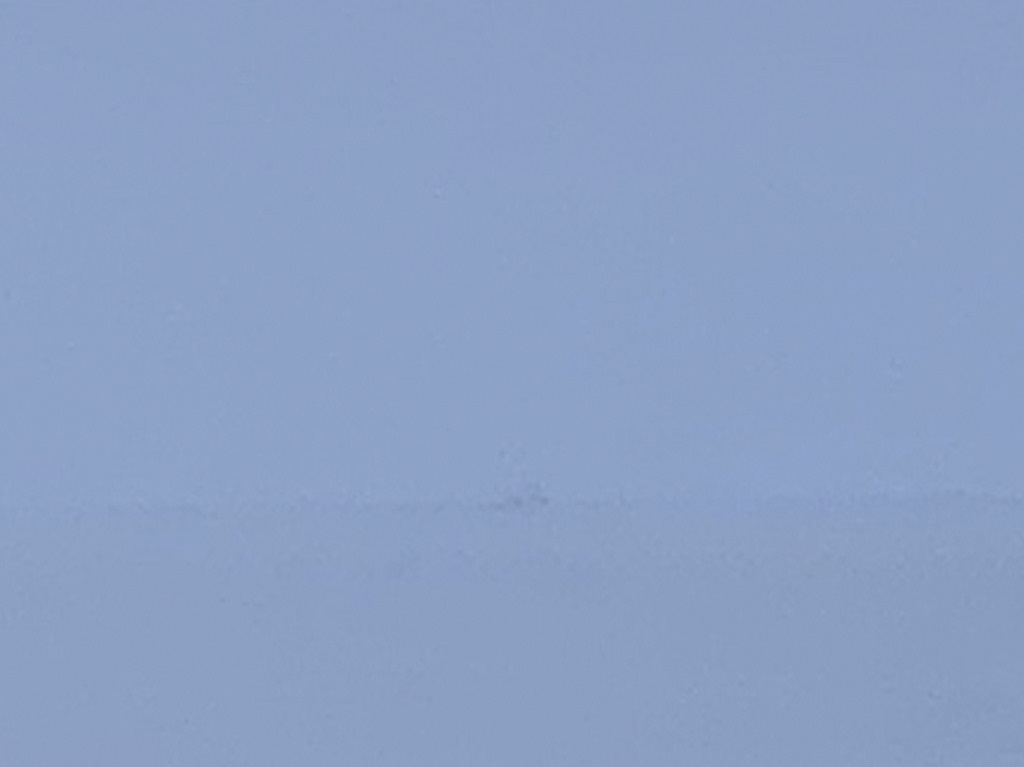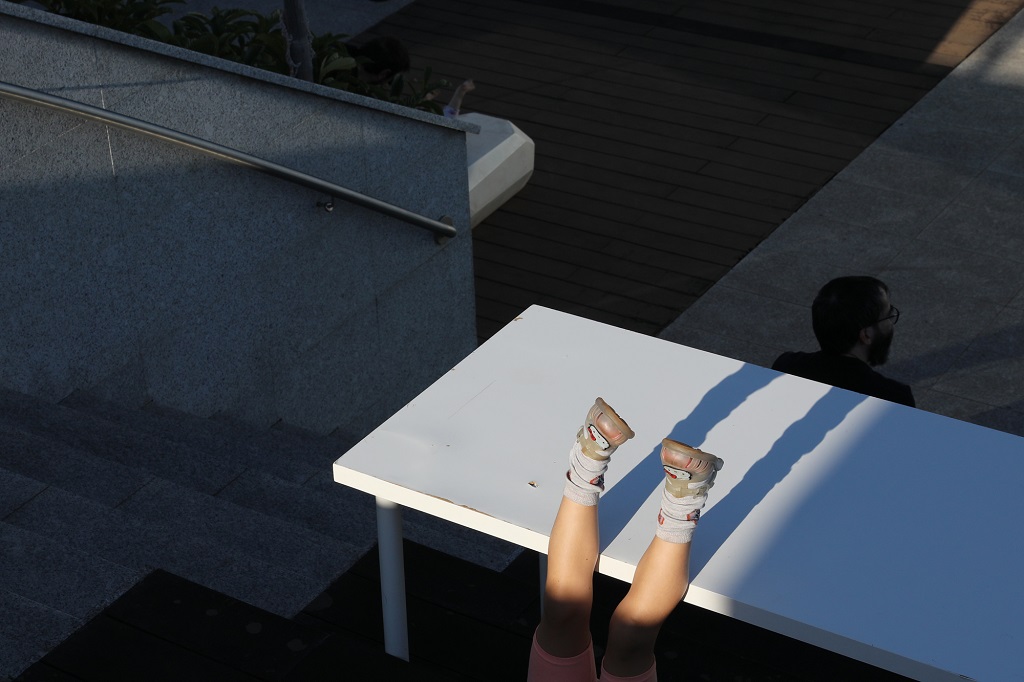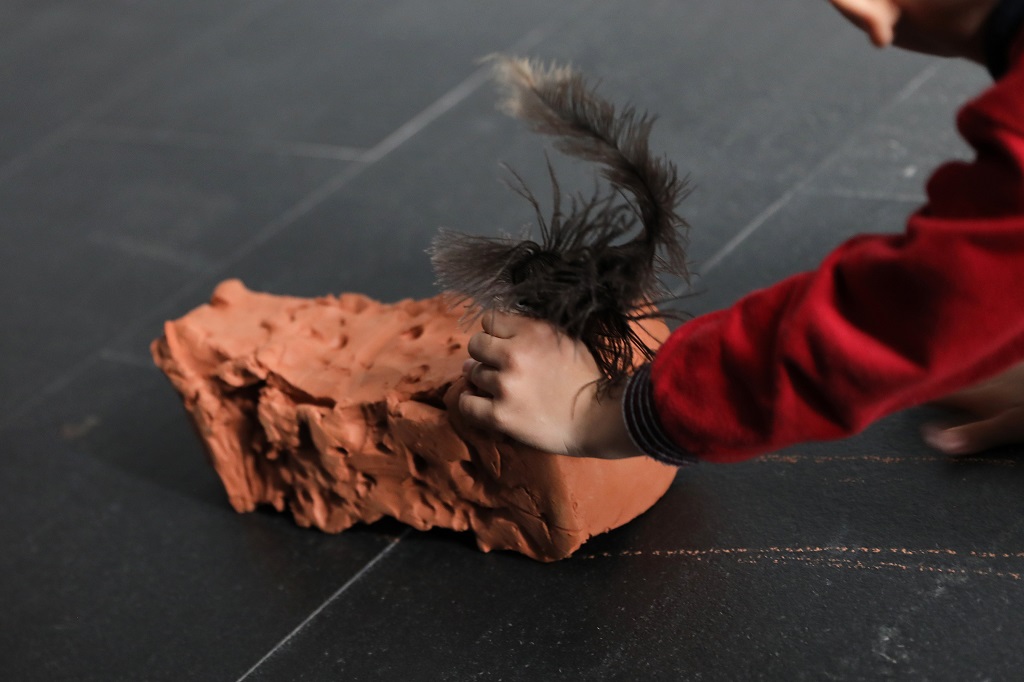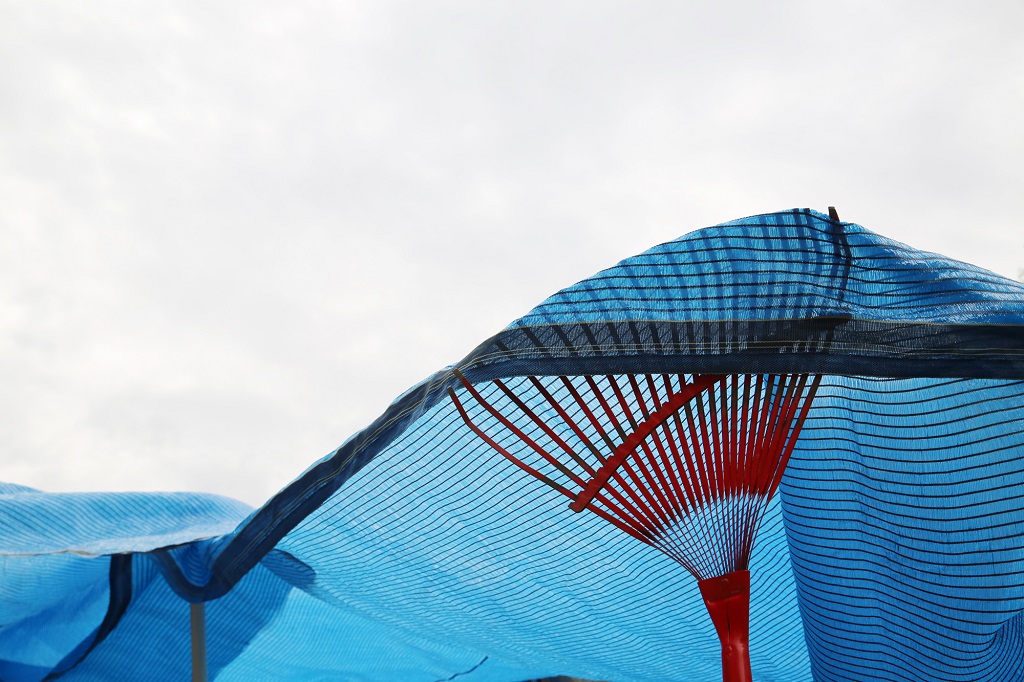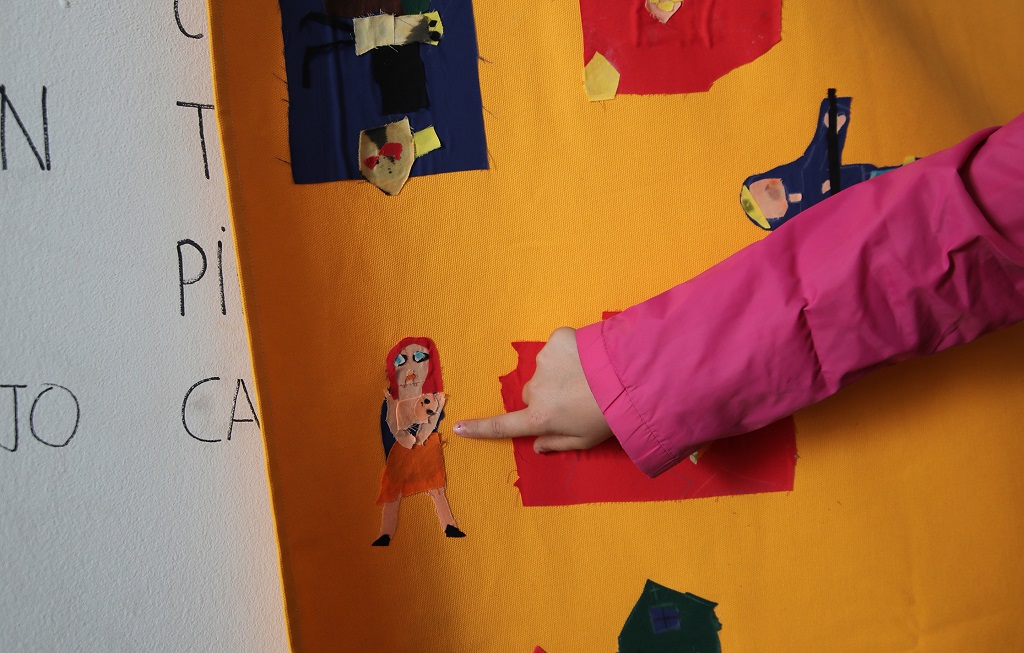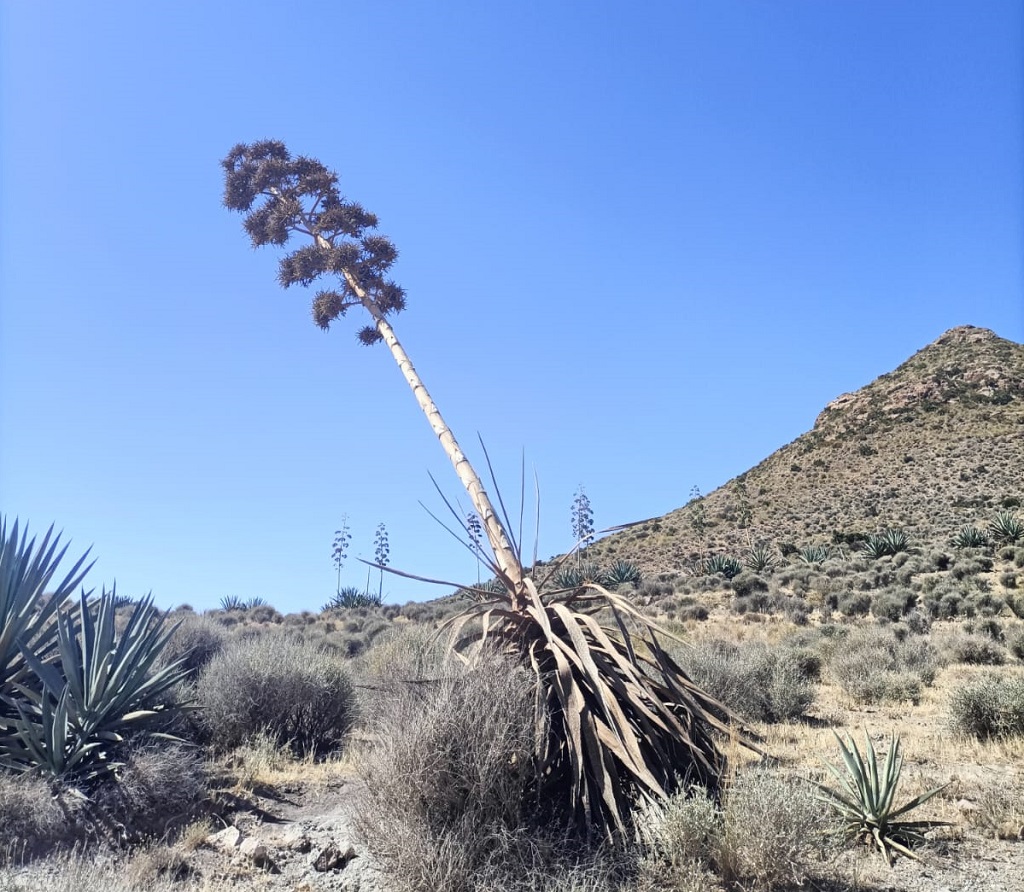“Out of the mud... these seams” is a morning workshop at the Museo CA2M where we invite groups of pre-school and primary school children to come and share stories connected to other forms of knowledge and transmission, using experiences they already practise: gestures, listening, play, telepathy, imagination, dreams...
The stories are shared in the workshop without the need for words. Sometimes they emerge in the form of stitches, sometimes in gestures or silences. The children explore ways of learning and remembering that are not always taught but are felt. The workshop and the exhibition space are a place to come together, imagine and listen with the body, a place where the ordinary is transformed into the extraordinary, and art emerges without anyone naming it.
Adriana Reyes (anthropologist and creator in the living arts field) and Gregoria Batalla Batalla (teacher at the infant school Zaleo, History of the Americas graduate and revolutionary in the art of educating) know a great deal about all of this, which is why we’ve invited them to design this workshop in which the children will turn something small into a new creation; where the body, collective action and other contemporary art forms will be harnessed to create something wonderful out of something small.
Maximum 25 people
“Out of the mud... these seams” is a morning workshop at the Museo CA2M where we invite groups of pre-school and primary school children to come and share stories connected to other forms of knowledge and transmission, using experiences they already practise: gestures, listening, play, telepathy, imagination, dreams...
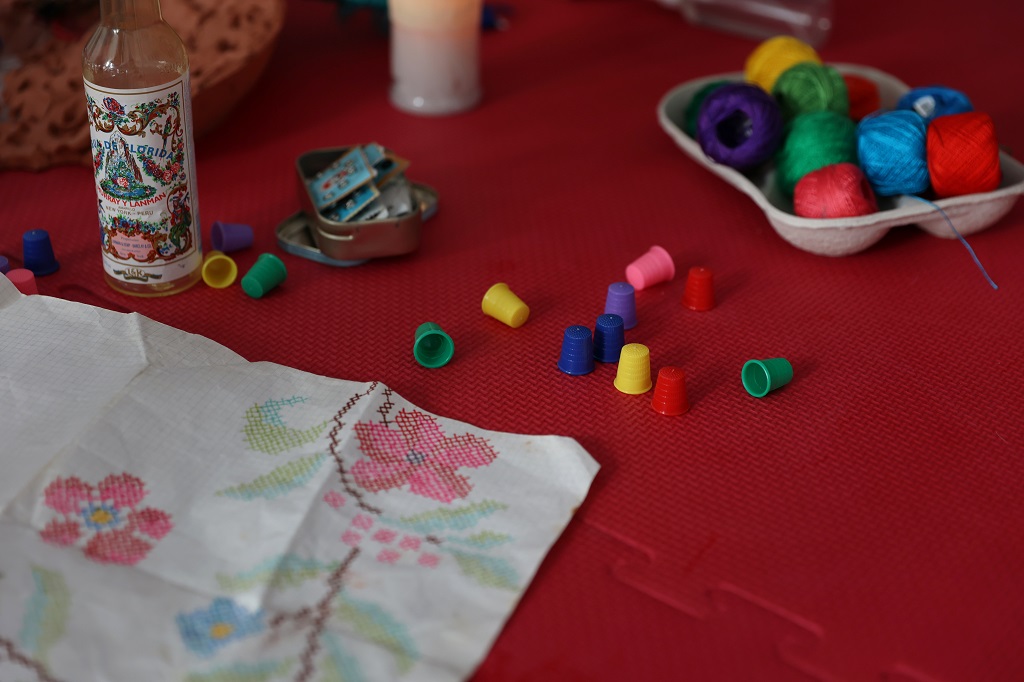
Picture: Sue Ponce.
